What is Mixing Tank Pricing
Mixing tank pricing refers to the process of determining the cost of acquiring a mixing tank, an essential component in various industrial sectors where the blending of liquids is a critical part of the production process. These tanks are designed to combine different materials or ingredients into a homogeneous mixture, ensuring the quality and consistency of the final product. The pricing for mixing tanks can vary significantly based on their size, material, complexity, and features.
The primary users of mixing tanks include manufacturers, producers, and processors who require a controlled environment for the development of their products. This could range from food and beverage companies mixing ingredients for their products to pharmaceutical manufacturers blending substances for medication. Mixing tanks are also used in chemical engineering for the production of adhesives, paints, and other coatings.
The working principle of mixing tanks involves the agitation of the contents, which is typically achieved through the use of an impeller or mixing device. The impeller moves the liquid within the tank, creating turbulence that facilitates the blending process. Depending on the application, the design of the tank and the type of material being mixed will vary to ensure optimal blending efficiency and effectiveness.
Mixing tank pricing is influenced by several factors. The material of construction (such as stainless steel or plastic), the size and complexity of the tank (ranging from simple open containers to sophisticated enclosed systems), and the features it offers (such as heating/cooling capabilities) can all impact the cost. Additionally, mixing tank pricing may be affected by the level of customization required, which can include aspects such as the number of ports, the type of mixing mechanism, and the degree of automation.
Types of Mixing Tank Pricing
The pricing of mixing tanks can vary widely depending on their capacity, material of construction, and specific features such as agitation mechanisms or heating/cooling capabilities. Here's a brief overview of some common types:
-
Stainless Steel Mixing Tanks: These tanks are known for their durability and resistance to corrosion. They are widely used in food and beverage processing, as well as in pharmaceutical and cosmetic manufacturing where maintaining sanitary conditions is crucial.
-
Plastic Mixing Tanks: Lightweight and cost-effective, plastic mixing tanks are often used in chemical processing or water treatment. They come in various designs and can be customized for different applications.
-
Custom Mixing Tanks: For businesses with unique requirements, custom-mixing tanks offer flexibility in size, material composition, and features. They are typically designed for specialty chemicals or formulations.
-
Agitated Mixing Tanks: Featuring various agitation mechanisms such as propellers or paddles, agitated tanks are suitable for high-intensity mixing operations. They are commonly used in industrial sectors where a thorough mix is required.
-
Insulated Mixing Tanks: These tanks include an insulating layer to maintain the temperature of the contents. They're beneficial in applications where temperature control is necessary.
How to choose Mixing Tank Pricing
Choosing the right mixing tank requires consideration of several factors such as material compatibility, intended use, scalability, and customization needs. For businesses in the B2B market looking to purchase mixing tanks through Alibaba.com, it is crucial to assess these considerations carefully.
Material compatibility is paramount when selecting a tank; it must be constructed from substances that do not react with the ingredients being mixed. For instance, stainless steel is robust and versatile, suitable for a wide range of applications from food processing to pharmaceuticals. Polyethylene offers corrosion resistance and is lighter in comparison but may not be appropriate where UV degradation is a concern.
The intended use influences tank selection significantly. A tank destined for chemical processing should have features like corrosion resistance and the ability to withstand high temperatures, whereas one meant for pharmaceuticals may require sanitary construction with polished surfaces.
Scalability is another key factor – businesses should consider whether they will need to increase production volumes in the future. Tanks that can be easily expanded or modified may offer an advantage here.
Lastly, customization options allow businesses to tailor tanks to their specific needs. A supplier that offers design services can help create a mixing tank that integrates seamlessly into existing processes.
About Mixing Tank Pricing on Alibaba.com
Alibaba.com stands out as a global marketplace that connects businesses with a vast selection of suppliers offering mixing tanks suitable for a wide range of industrial applications. Whether you're in the food and beverage industry requiring sanitary-grade tanks or in the chemical sector needing robust solutions for product blending at scale, Alibaba.com facilitates access to an array of options that can meet your specific needs.
The platform's comprehensive search capabilities allow you to filter through products based on material type—such as stainless steel or carbon steel—capacity, application purpose, and other key attributes. This ensures that you find products tailored precisely to your project requirements without sifting through irrelevant options.
Moreover, Alibaba.com's commitment to secure transactions through services like Trade Assurance instills confidence in buyers about their purchases. With features enabling mobile buying ease and communication in local languages, Alibaba.com simplifies international trade and empowers businesses around the world to scale up their operations efficiently. When it comes to sourcing mixing tanks that strike the perfect balance between quality, functionality, and cost-effectiveness, Alibaba.com proves an invaluable resource for businesses seeking to stay ahead in their respective industries.
Common FAQs for Mixing Tank Pricing
What factors should be considered when choosing a mixing tank for a specific application?
When selecting a mixing tank, consider the material compatibility with the contents, the required agitation type and speed, the tank's insulation needs, and whether the application requires sanitary or durable construction.
How do I determine the right material for my mixing tank?
The choice of material depends on the tank's intended use, the properties of the contents (such as corrosiveness or temperature), and any regulatory or industry-specific requirements.
What is the difference between a mixing tank and a processing vessel?
A mixing tank is designed for blending, while a processing vessel is often used in chemical production for reactions and refining processes.
Can a mixing tank be customized for specific applications?
Yes, mixing tanks can be customized with various options such as material, capacity, and additional features like heating/cooling jackets or agitation systems to suit specific industry requirements.
What types of agitators are available for mixing tanks?
There are several types of agitators including paddle, helical screw, magnetic, and turbine agitators. The choice depends on the viscosity of the contents and the desired mixing effect.
How do I ensure that the mixing tank is suitable for sanitary applications?
Look for tanks that are specifically labeled as 'sanitary' and ensure that features such as smooth surfaces and easy-to-clean designs meet the standards for your industry's regulatory compliance.
What is an insulated mixing tank and when is it used?
An insulated mixing tank is designed to maintain the temperature of the mixed contents. It is typically used in applications where precise temperature control is necessary, such as in food or pharmaceutical production.
Are there portable options for mixing tanks?
Yes, there are portable mixing tank options available that are designed for mobility and can be moved easily between different processing locations or even shipped to customers.
What is the importance of the agitator type in a mixing tank?
The agitator type affects the efficiency and homogeneity of mixing. It is crucial to select an agitator that matches the viscosity of the contents being mixed and provides the desired level of product uniformity.
How does capacity affect the choice of a mixing tank?
Capacity determines the volume of liquid that can be held in the tank. Choose a size that can handle your operational volume while allowing room for mixing. Consider future growth needs when deciding on capacity.
What are some common uses for different materials in mixing tanks?
Common materials for mixing tanks include stainless steel, carbon steel, and plastic. Stainless steel is preferred for sanitary and durable applications while plastic is often used for lower-cost, disposable options.
Can I find industry-specific mixing tanks?
Yes, industry-specific mixing tanks are available for applications such as food processing, pharmaceuticals, and chemicals. They are tailored to meet industry standards and regulations.






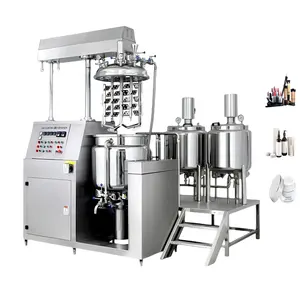









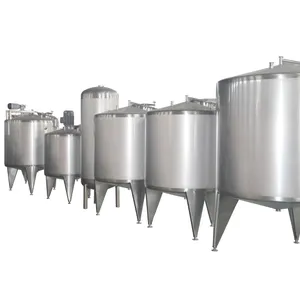
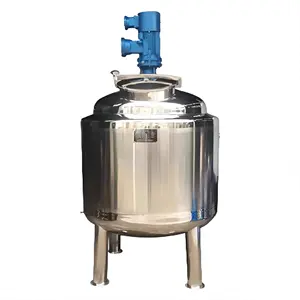
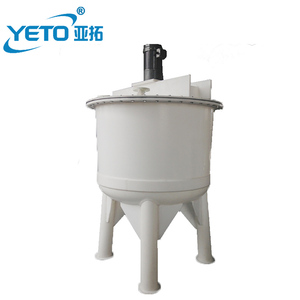




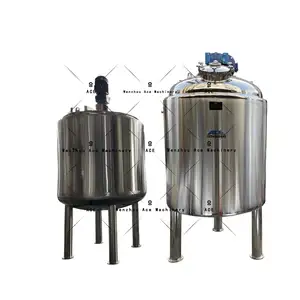
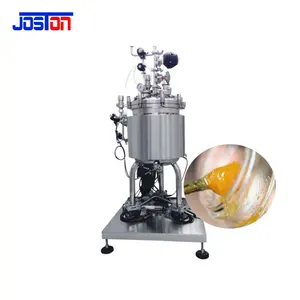


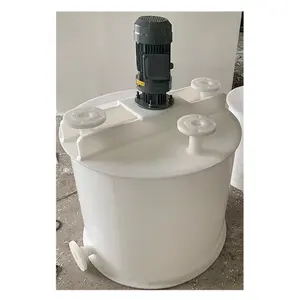

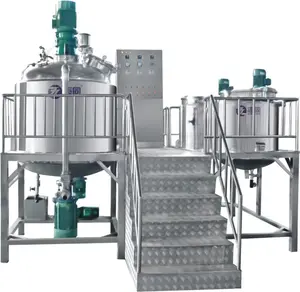



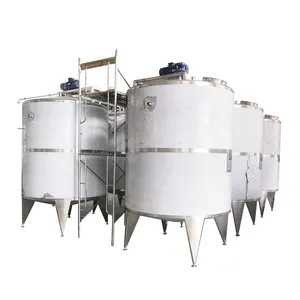

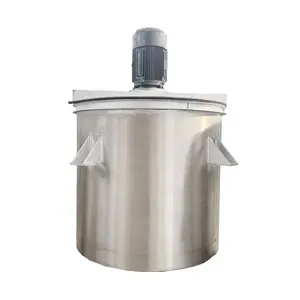

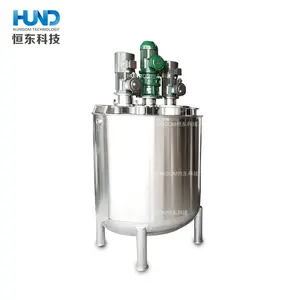
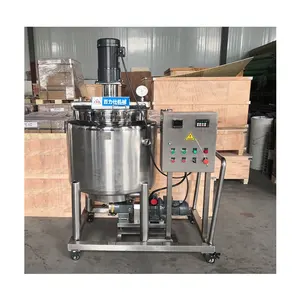









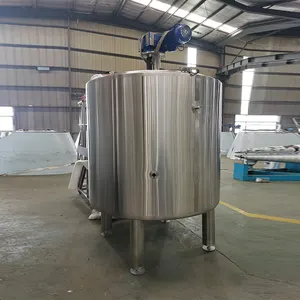
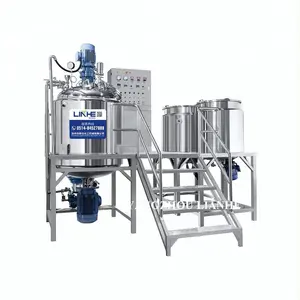
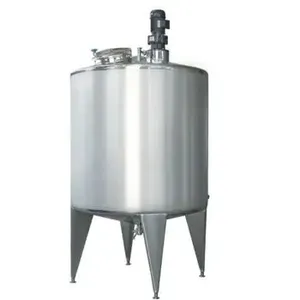

























 浙公网安备 33010002000092号
浙公网安备 33010002000092号 浙B2-20120091-4
浙B2-20120091-4